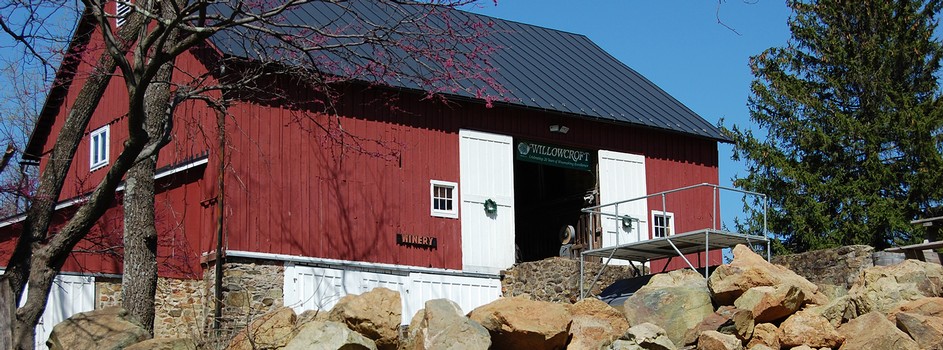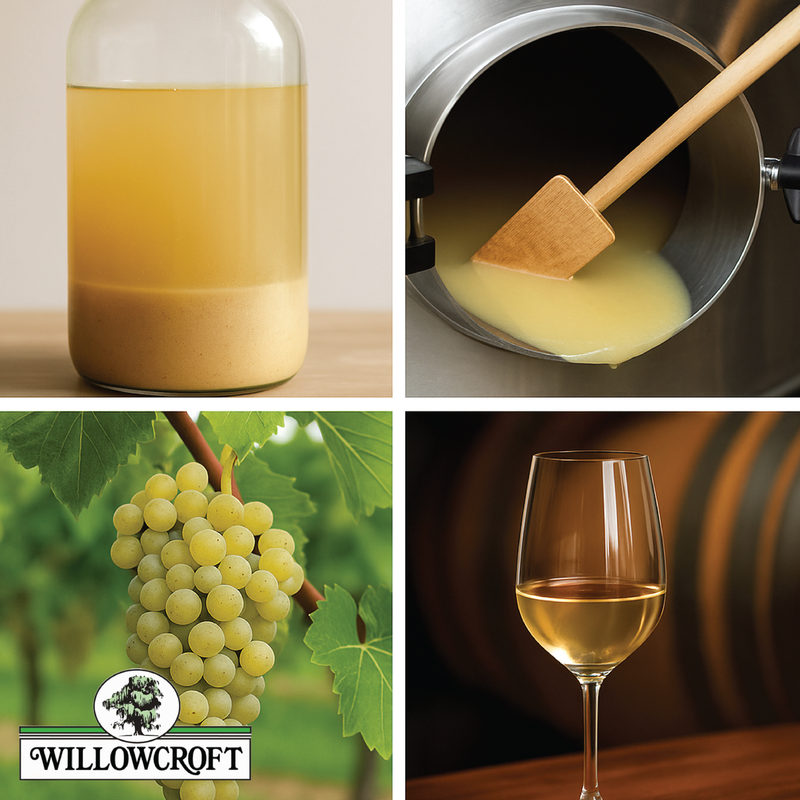What Is Sur Lie Aging? Understanding Wine on the Lees
From vineyard grapes to lees stirring and aging in barrel, sur lie winemaking builds richness, texture, and complexity in the final glass.
If you've ever noticed the words “sur lie” on a wine label and wondered what it means, you're not alone. This French term—translating to “on the lees”—refers to a winemaking technique that plays a powerful role in shaping a wine’s texture, flavor, and aging potential. In this post, we’ll explore what sur lie aging is, how it works, and which wines shine brightest with this process.
“Sur lie” means that the wine was aged on its lees—tiny, natural particles of dead yeast cells and grape solids left over after fermentation. Rather than filtering these out immediately, winemakers allow the wine to rest on them for an extended period, often weeks to several months, and sometimes longer.
This aging can occur in stainless steel tanks, neutral barrels, or even oak, and may involve periodic stirring of the lees (a technique called bâtonnage) to increase contact between the wine and these sediments.
Lees aging has a noticeable and desirable impact on both texture and flavor:
- Mouthfeel: Wines aged sur lie tend to feel richer and creamier. The breakdown of yeast cells releases compounds that create a rounder, silkier texture.
- Flavor: This process can introduce subtle notes of brioche, toasted nuts, yeasty richness, and sometimes a savory or smoky nuance. These flavors are especially welcome in wines that might otherwise lean sharp or acidic.
- Aging & Stability: Sur lie aging can also help stabilize a wine and extend its aging potential by protecting it from oxidation and allowing more complexity to develop over time.
This technique isn’t used for all wines, but for specific varietals and styles, it can be transformative. Some of the most commonly sur lie–aged wines include:
- White wines: Chardonnay, Muscadet, Chenin Blanc, Albariño, and Pinot Blanc are frequent candidates. The technique softens acidity and adds layers of flavor to crisp whites.
- Sparkling wines: Traditional-method sparkling wines (like Champagne or Crémant) are aged extensively on lees, often for years, contributing to their signature toasty, biscuit-like aromas.
- Occasional reds: Though less common, some red wines—especially Pinot Noir or select natural wines—may also spend time on lees to soften tannins and add body.
If you’re looking to explore sur lie–aged wines, start with these key regions and styles:
- Loire Valley, France – Especially Muscadet Sèvre et Maine, a classic sur lie white.
- Burgundy, France – Many high-quality Chardonnays undergo sur lie aging, particularly from Meursault and Puligny-Montrachet.
- Spain – Albariño from Rías Baixas is often aged on lees for texture and depth.
- Oregon and California – U.S. Chardonnays and some Chenin Blancs frequently use this method.
- South Africa & Australia – Innovative winemakers increasingly use lees contact for complexity in whites and sparklings.
It’s important to note that sur lie aging is a tool, not a magic fix. While it can enhance good wine—adding depth, softness, and character—it won’t repair flaws caused by poor vineyard practices or fermentation issues. If mismanaged, lees contact can create off-flavors or murkiness. Winemakers must monitor the process carefully to get the balance right.
Sur lie aging is a natural, time-tested technique that gives wines a richer texture and greater complexity. Whether it’s a creamy Chardonnay or a crisp Muscadet with a subtle yeasty note, wines aged on their lees offer an added dimension that can elevate your tasting experience. So next time you spot “sur lie” on a bottle—or notice those nutty, toasty flavors in your glass—you’ll know exactly why.


